Mission-Critical Construction
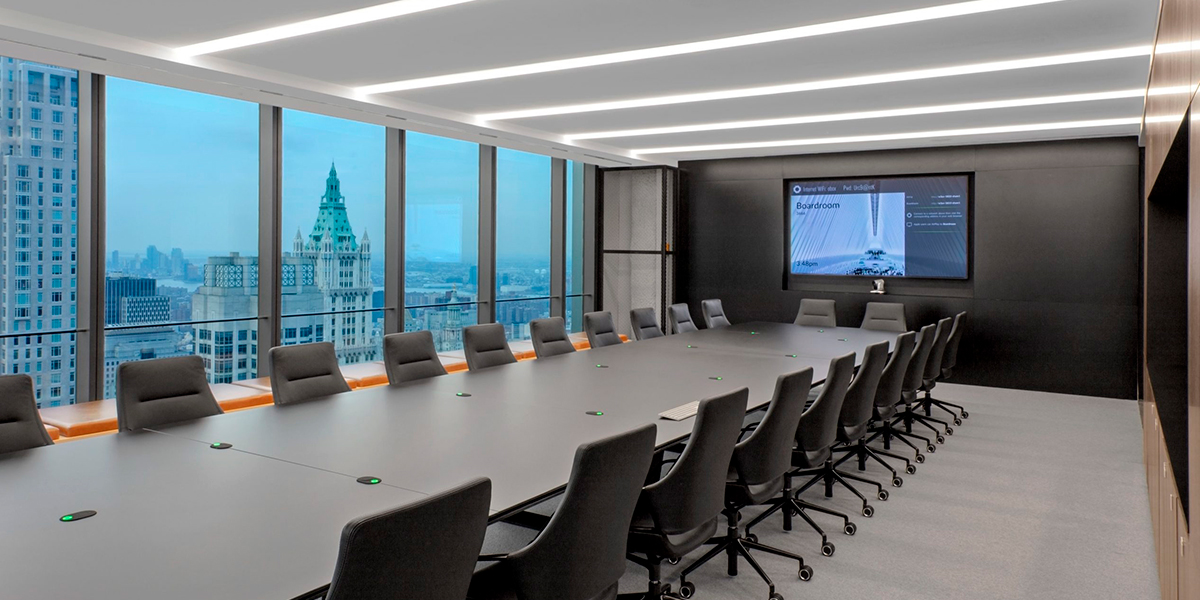
12/23/2022
What Is Mission-Critical Construction?
Mission-critical construction includes data centers and other essential facilities that must operate without interruption 24/7. Electrical and power concerns during construction are the highest priority for these businesses. Outages of any duration in these buildings can have severe or even life-threatening impacts. Many of these facilities require mission-critical construction to ensure continuous operation, allowing them to function smoothly during events that might otherwise cause disruption.
What Does Mission Critical Mean?
Facilities require different mission-critical standards based on their unique operating requirements. Although not all mission-critical requirements are necessarily technological, many relate to the utility and information technology (IT) infrastructure needed to maintain continuous operation.
Some mission-critical facilities plan for outages caused by severe weather and other natural occurrences by having redundancies and fail-safes in place for cases when power might not be available. Others emphasize data protection and implementing safeguards that prevent significant impact during a compromise.
Many construction companies utilize a need-plus-one (N+1) design, meaning they install a second electrical system and generator secondary to the primary power sources. Facilities that cannot tolerate even a millisecond of disruption often depend on batteries, fuel cells and other uninterruptible power supply (UPS) systems that allow equipment to operate seamlessly during a prospective interruption.
Characteristics of Mission-Critical Construction Projects
Mission-critical projects have several characteristics that set them apart from standard commercial builds:
Zero Tolerance for Downtime
Mission-critical facilities are designed with the understanding that any interruption in operations can have severe consequences. As a result, every phase of the construction process prioritizes continuous operation. Systems and infrastructure are engineered for maximum reliability so the facility can function around the clock without unexpected outages.
Redundancy and Resilience
To safeguard against potential failures, mission-critical projects have multiple layers of backup systems designed to prevent single points of failure. This includes:
- Redundant power supplies
- Cooling systems
- Network connectivity
These redundancies mean that if one component fails, another can immediately take over, maintaining uninterrupted service.
Stringent Regulatory Compliance
Mission-critical construction has to adhere to rigorous industry standards and codes for safety, reliability and performance. These standards are a mix of federal regulations, agency requirements and industry best practices.
For example:
- The Federal Emergency Management Agency (FEMA) requires compliance with building codes.
- The National Institute of Standards and Technology (NIST) develops standards for resilience and resiliency.
- The Electronic Code of Federal Regulations (eCFR) details specific security and energy performance standards for federal facilities.
- Organizations like the National Fire Protection Association (NFPA) and the American Institute of Architects (AIA) contribute to voluntary standards through model building codes and guidelines that ensure continuous operations for data centers and other essential facilities.
These standards guide everything from electrical systems to fire protection and environmental controls.
Advanced Risk Management
Risk assessments are the foundation of mission-critical construction. From the earliest planning stages, teams look for potential threats — ranging from natural disasters to cyberattacks — and develop mitigation strategies. This proactive approach minimizes vulnerabilities and means the facility is prepared for a wide range of scenarios.
Specialized Materials and Methods
The materials and construction techniques used in mission-critical projects are selected for their durability and reliability. High-quality, specialized components are essential to support 24/7 operation and stand up to the demands of continuous use. Construction methods are also tailored to minimize disruption and maintain operational integrity throughout the build.
Integrated Technology
Modern mission-critical facilities use advanced technologies to enhance performance and reliability. Smart building systems, real-time monitoring and automation are integrated into the infrastructure, enabling rapid detection and response to issues. These technologies help maintain optimal conditions and prevent minor problems from becoming major disruptions.
Collaborative Project Delivery
Successful mission-critical construction relies on collaboration with all stakeholders, including owners, engineers, contractors and facility managers. This approach ensures that every mission-critical requirement is dealt with, from initial design through ongoing operations. Open communication and teamwork are vital to delivering projects that meet the highest standards of reliability and performance.
Examples of Mission-Critical Facilities
The designation of “mission critical” refers to a system, application, service or task necessary for operational functioning. When a mission-critical system fails, the entire organization ceases to function. These circumstances can result in various adverse effects, from revenue loss to legal implications to human health risks.
Some examples of mission-critical facilities include:
- Data centers: Disruptions in data and telecom centers can lead to significant revenue losses and affect public safety.
- Government and defense: Interruptions at military facilities, government institutions, emergency response centers and prison systems can jeopardize national security or endanger legal conformity.
- Health and public safety buildings: Power outages in hospitals, laboratories and other public facilities can lead to loss of life through the inability to provide proper health care.
- Financial services: Banks, trading floors and payment processing centers require constant uptime to maintain transactions, security and regulatory compliance.
- Utilities and energy: Power plants, water treatment facilities and grid control centers are vital for delivering essential services to communities.
- Transportation and logistics: Airports, rail networks and shipping hubs depend on mission-critical systems for safety, scheduling and real-time operations.
- Manufacturing and industrial: Facilities with continuous production lines or hazardous processes require robust systems to prevent costly or dangerous interruptions.
New technologies in construction and design allow companies to perform infrastructure upgrades to existing mission-critical facilities. JRM Construction Management offers these services to businesses while their facilities remain fully operational. One JRM project in New Jersey involved comprehensive modifications to a Fortune 1000 company’s electrical, mechanical, security, fire protection and IT infrastructure systems.
Contact JRM Construction Management to Learn More
At JRM Construction Management, we strive to build long-lasting partnerships with each of our clients by delivering the highest-performing services on time and within budget, regardless of the size or scope of a construction project. Our team can help your organization plan for redundancy before or after initial construction. Connect with us online today to learn more about mission-critical construction and our other services.

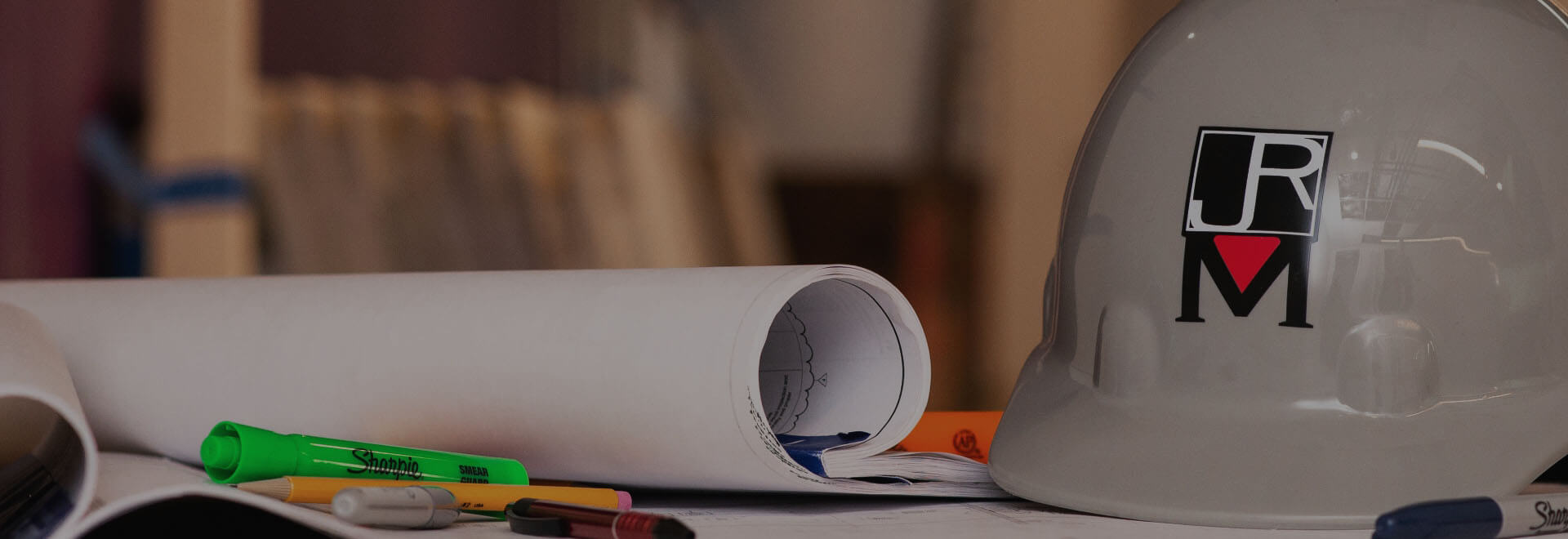
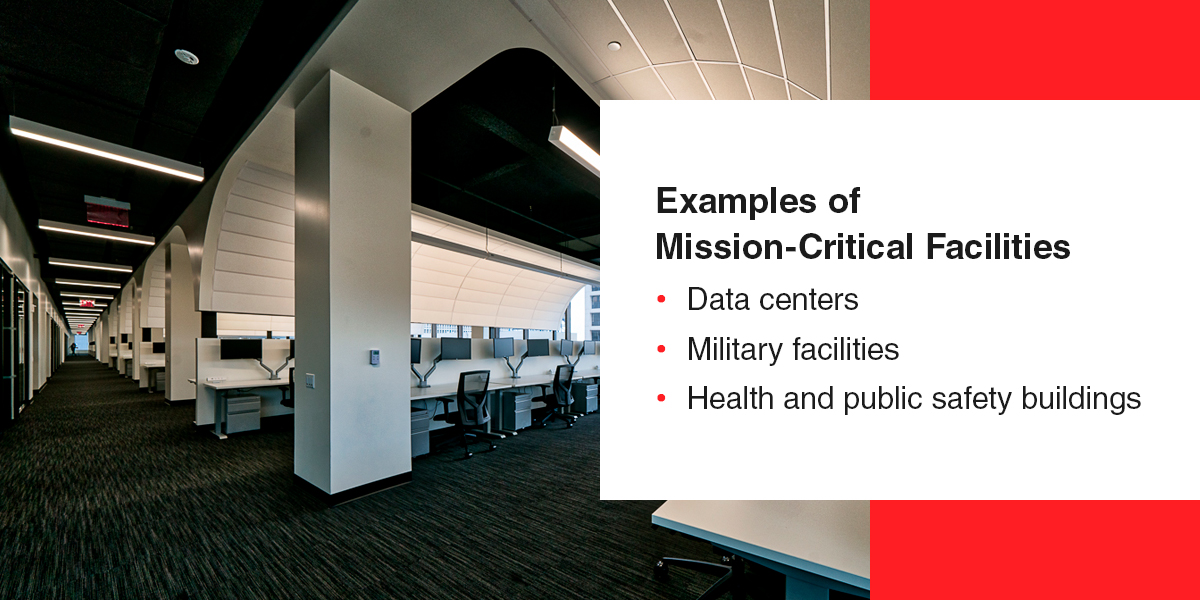
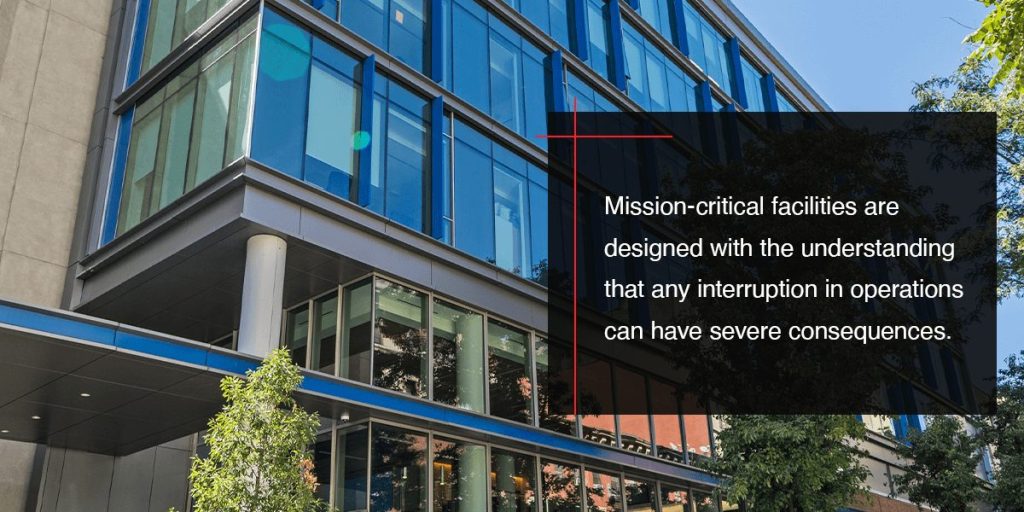
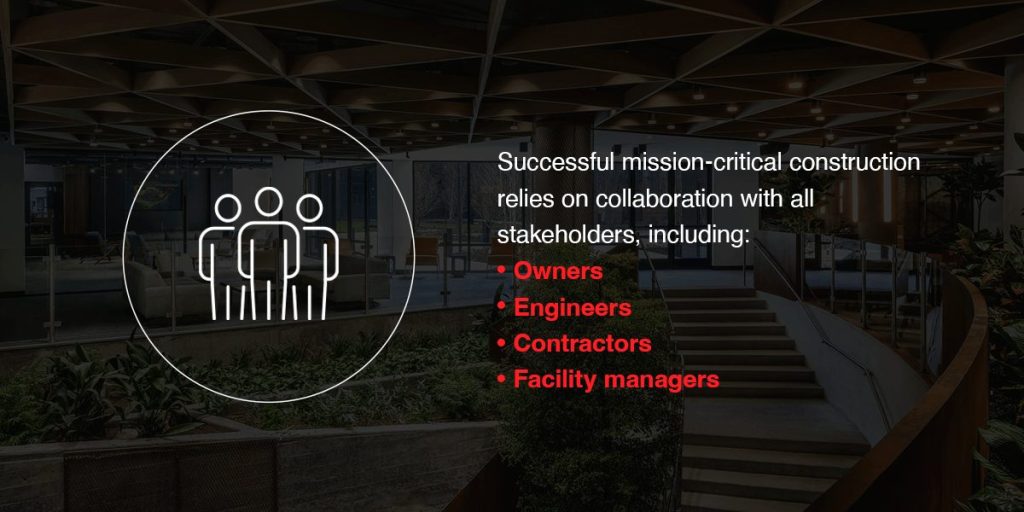
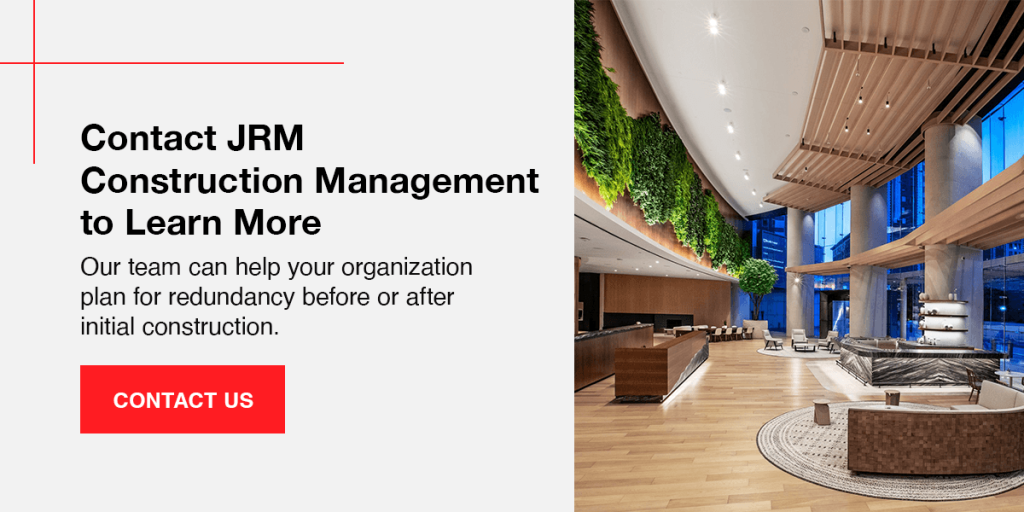
)